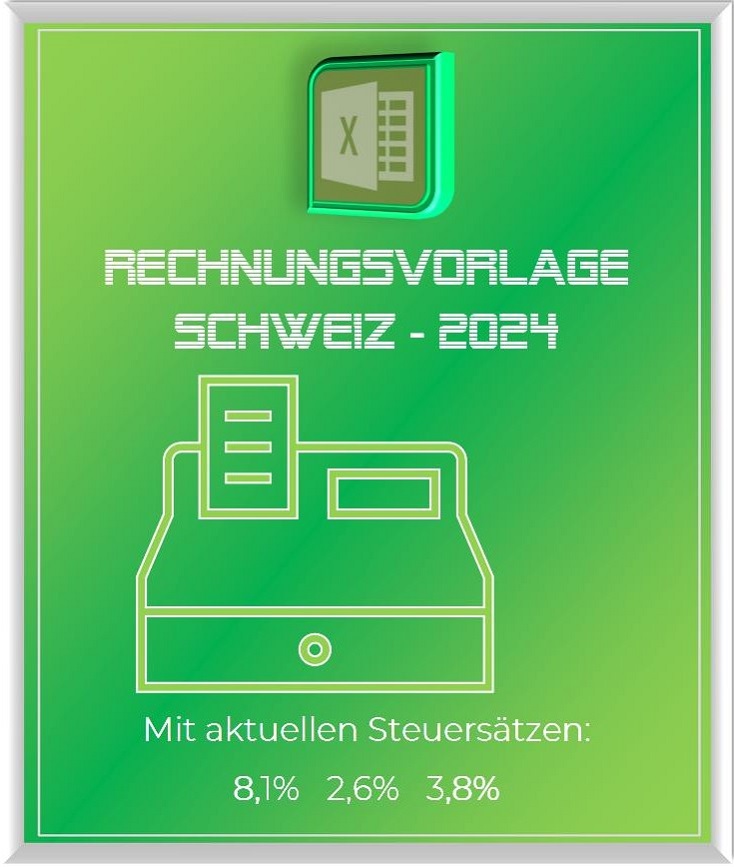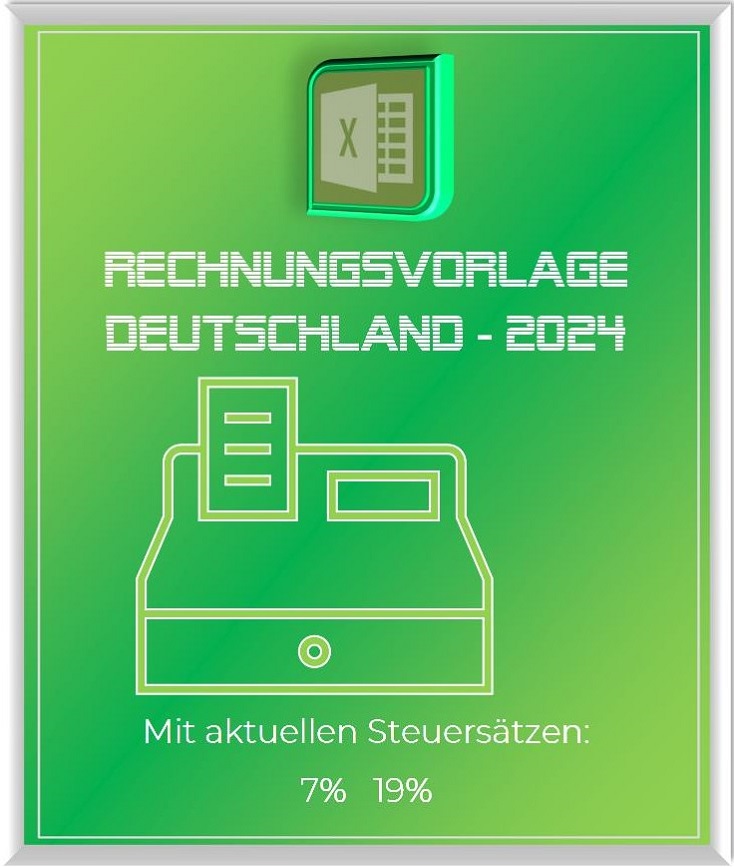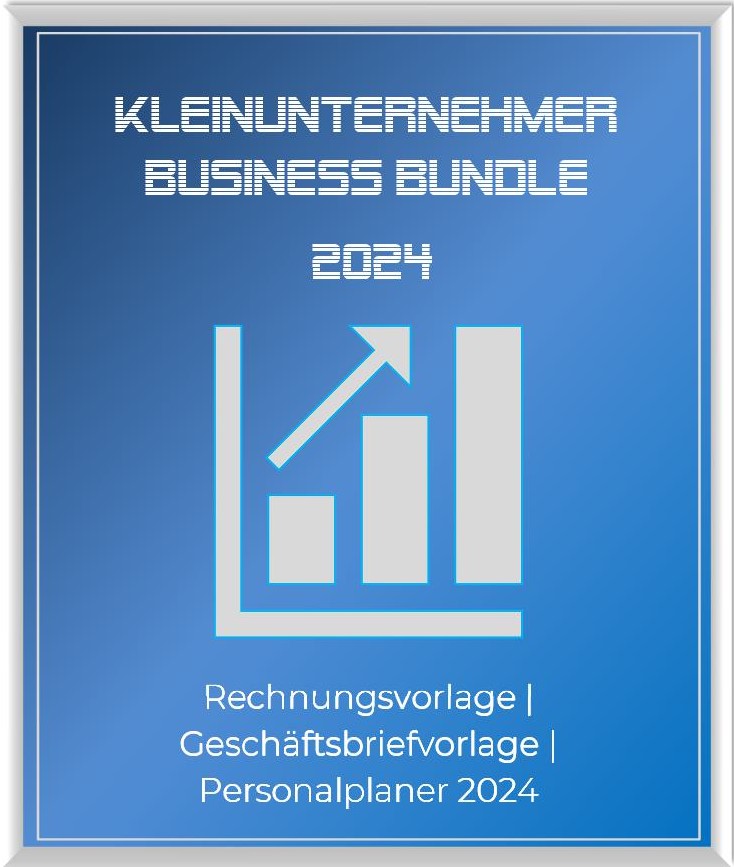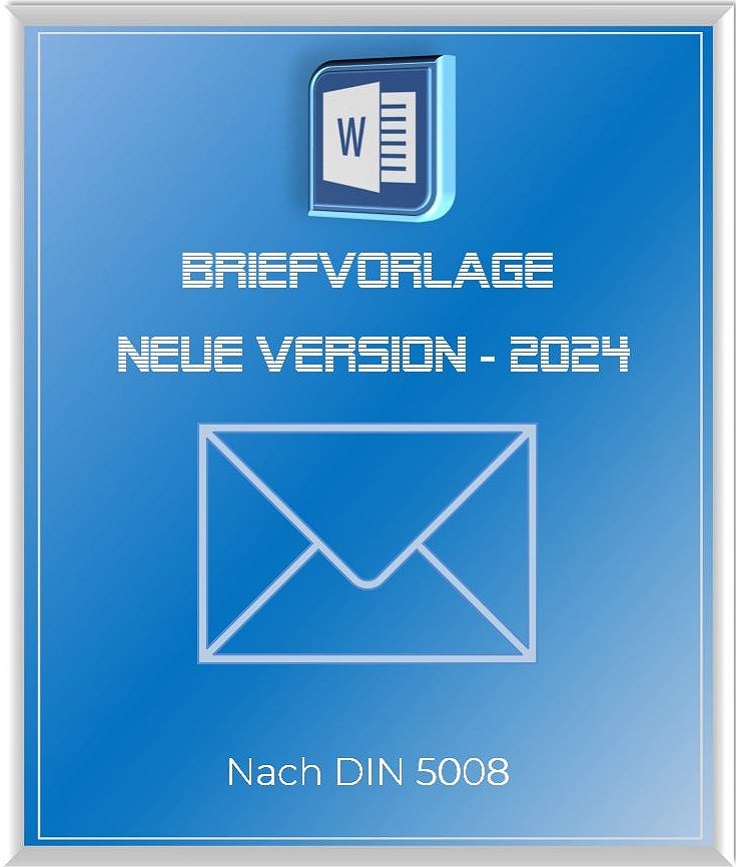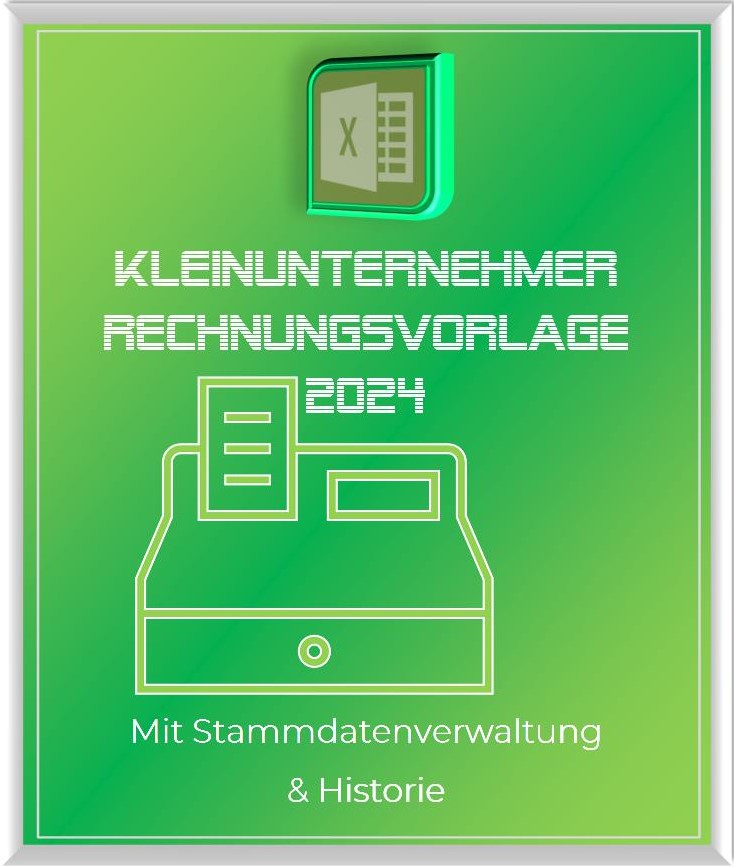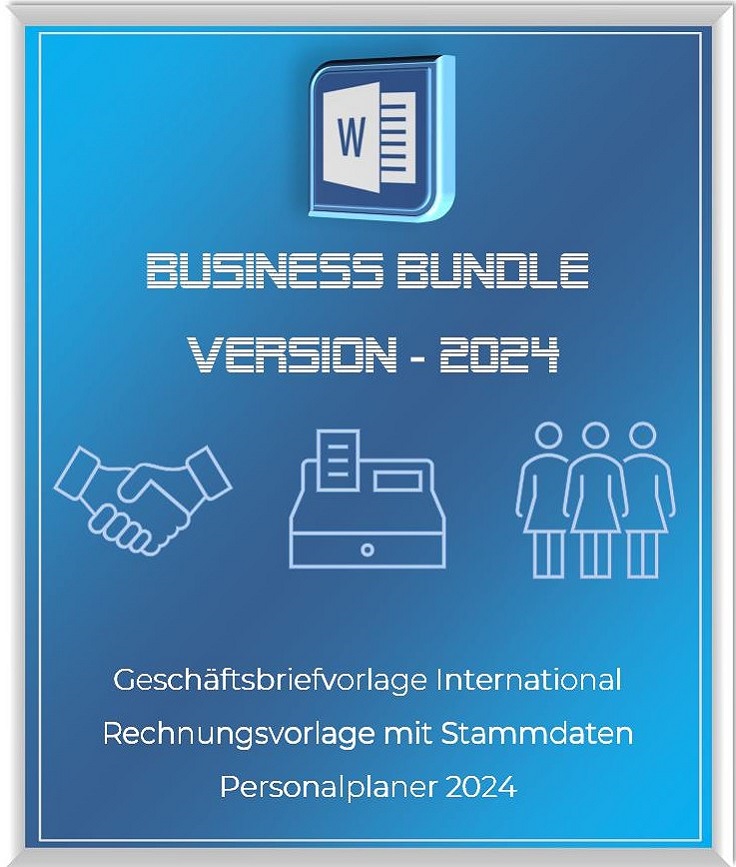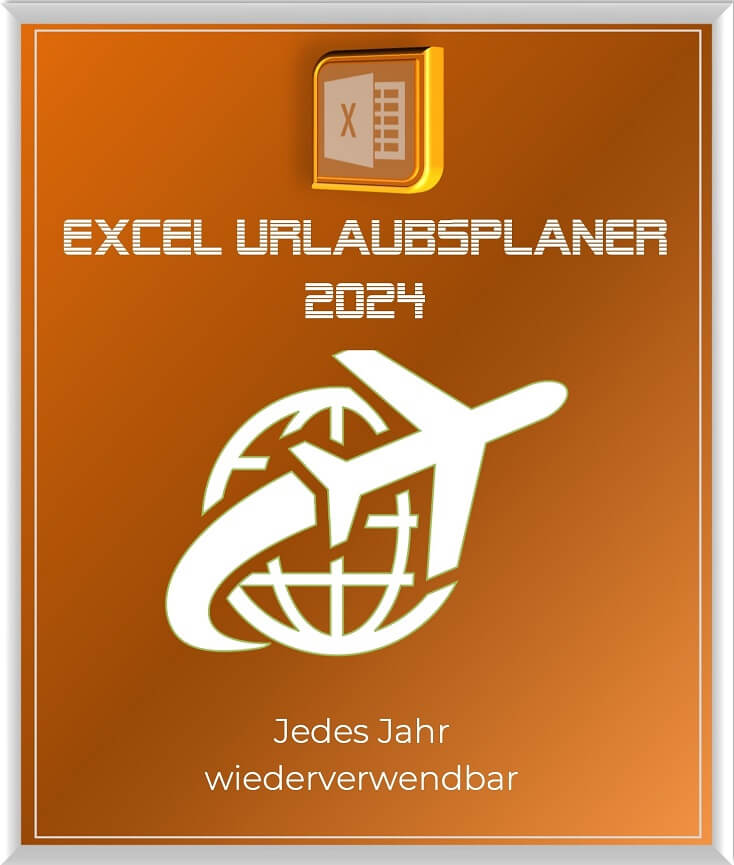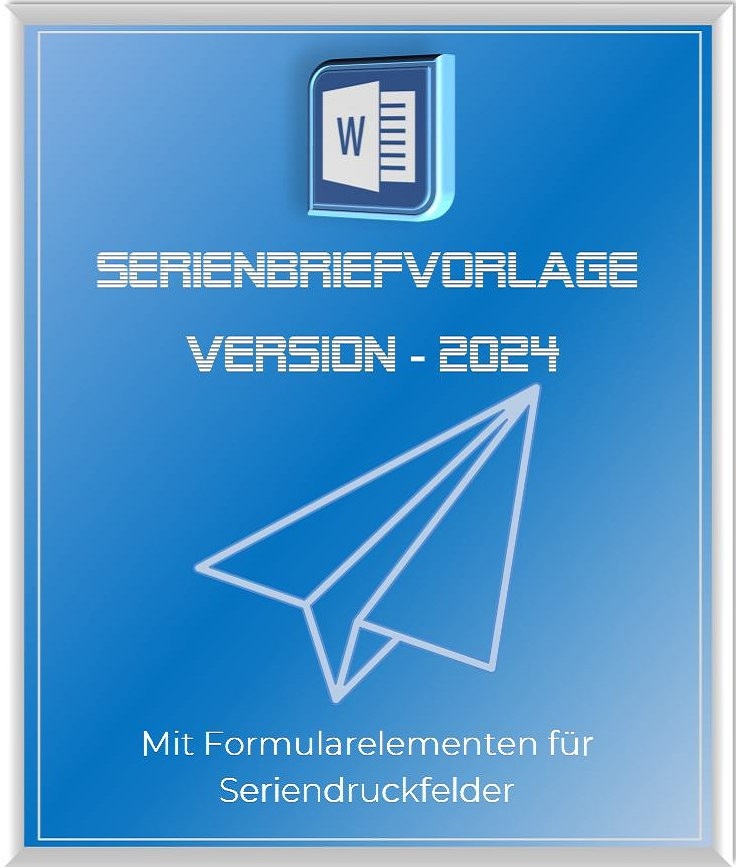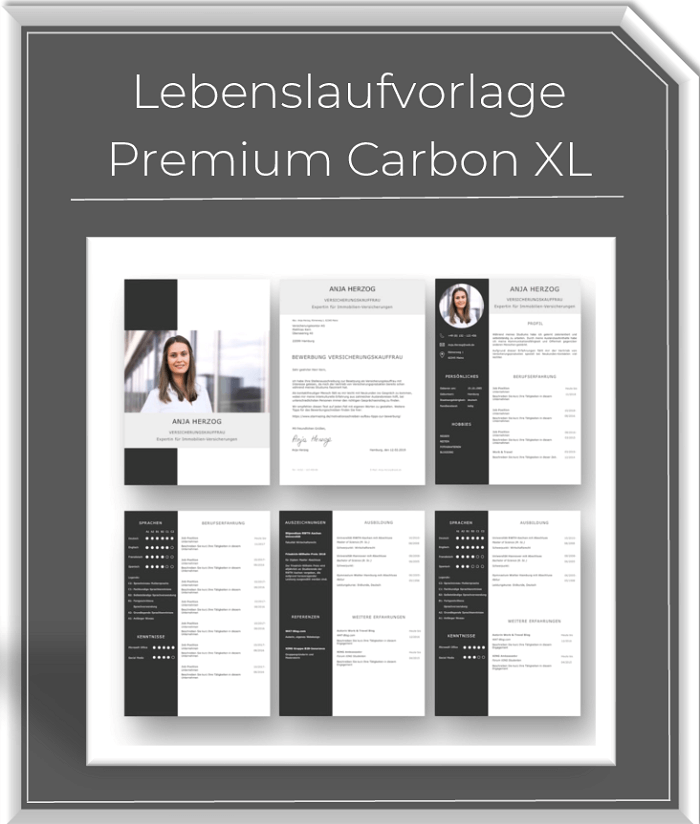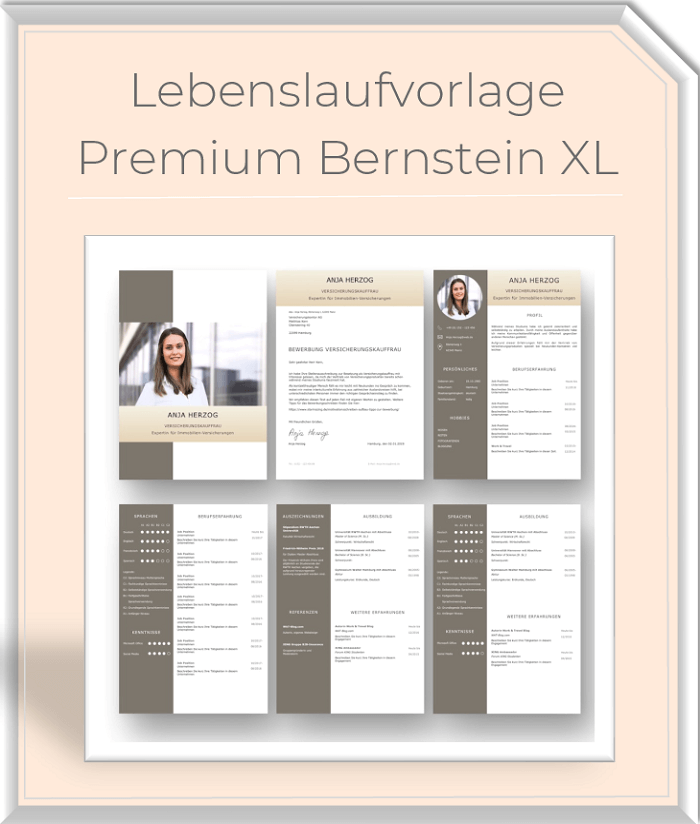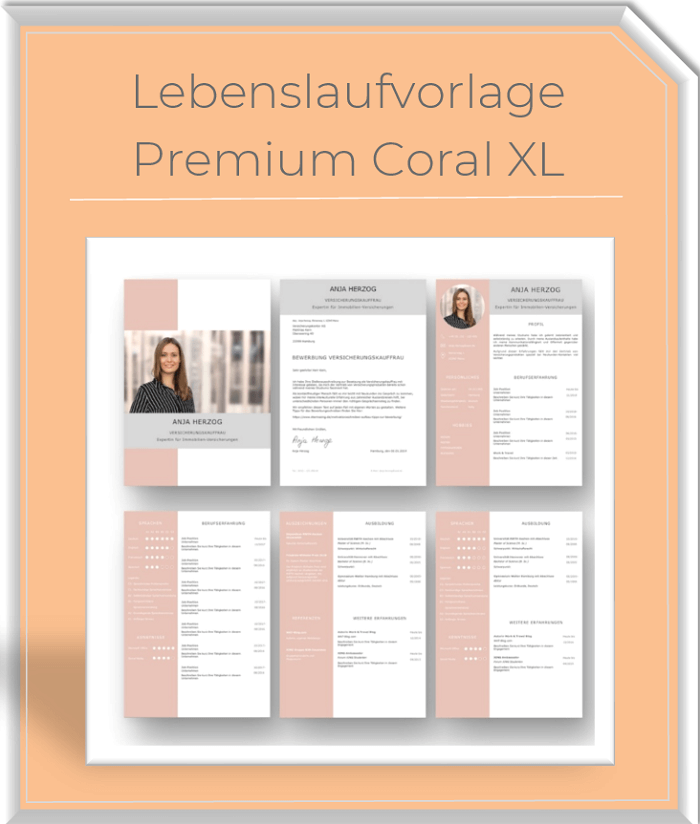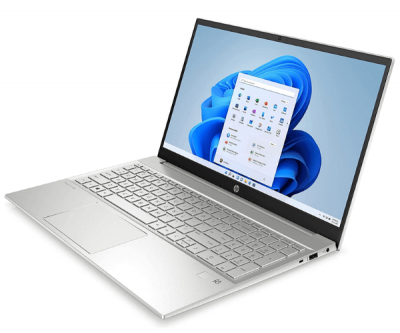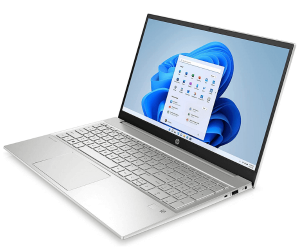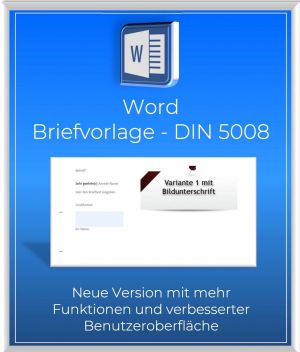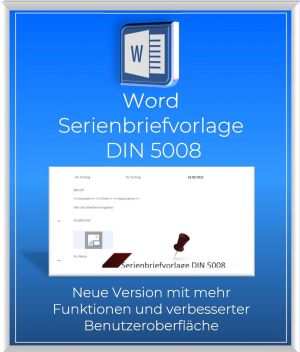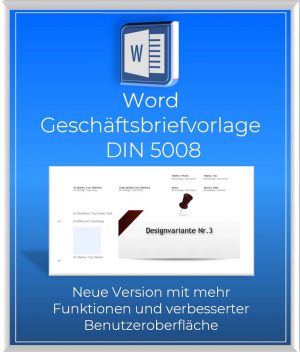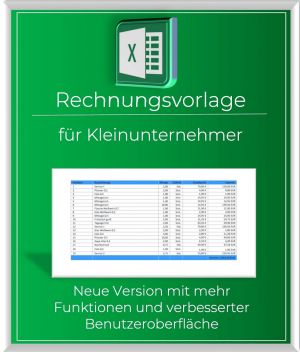Finally faster Internet WiFi 6 is at the start
It’s now 6 years since the current WLAN standard 802.11ac accompanies us everywhere. But now comes with Wi-Fi 6, the change of guard, and promises more than just a decent increase in speed.
And that is necessary with increasing broadband deployment as well. Because in more and more households thanks to fiber optic technology 1 gigabit ports and more are already partly reality.
Finally faster Internet WiFi 6 is at the start
It’s now 6 years since the current WLAN standard 802.11ac accompanies us everywhere. But now comes with Wi-Fi 6, the change of guard, and promises more than just a decent increase in speed.
And that is necessary with increasing broadband deployment as well. Because in more and more households thanks to fiber optic technology 1 gigabit ports and more are already partly reality.
The Wi-Fi future starts with Wi-Fi 6 at the start
The official name for the new WLAN standard is called “802.11ax”.
Since the normal user through the whole cryptic terms and number combinations no longer exceeds the new wireless standard is colloquially referred to as Wi-Fi 6. Already on the technical specifications can be seen the restrictions that were still in Wi-Fi 5 (WLAN ac) were finally a thing of the past. Wi-Fi 6 now works again on both WLAN frequency bands with 2.4GHz and 5GHz.
The whole thing is even prepared for other frequency ranges, so that in the future also in the 6GHz range can be worked.
The maximum speed of Wi-Fi 6 is (theoretically) 9.6 Gigabit (equivalent to 1200 Mbit). That would be just 1.2 gigabytes per second in the download. The previous Wi-Fi standard Wi-Fi 5 creates with a maximum of 3.5 gigabit just a third of it.
The new WLAN standard divides the available bandwidth into up to 256 subchannels, whereas the predecessor only divided 64 channels. This significantly reduces the conflicts with other WLAN networks in the environment, or ideally can be completely eliminated by shutting down individual channels without having to sacrifice noticeable performance capacity.
Thanks to the increased bandwidth of channels, Wi-Fi 6 can now also distribute the radio channels more flexibly to the end devices, which in particular benefits the development of the smart home. Because there are more and more devices that are connected in the household both internally and externally via the home network.
The first Wi-Fi 6 routers are now already on the market, so now only the appropriate broadband connections must come across to make the departure of the old Wi-Fi standards complete. As already mentioned, broadband expansion with 1 Gigabit connections and more is in full swing, but compared to other countries, Germany is still a digital desert that has been waiting too long to keep pace with the rapid development of digitization.
The bottom line is that Wi-Fi 6 is still in its infancy, but it’s a forward-looking, positive development that takes into account ever-expanding amounts of data and connected devices.
The Wi-Fi future starts with Wi-Fi 6 at the start
The new WLAN standard divides the available bandwidth into up to 256 subchannels, whereas the predecessor only divided 64 channels. This significantly reduces the conflicts with other WLAN networks in the environment, or ideally can be completely eliminated by shutting down individual channels without having to sacrifice noticeable performance capacity.
Thanks to the increased bandwidth of channels, Wi-Fi 6 can now also distribute the radio channels more flexibly to the end devices, which in particular benefits the development of the smart home. Because there are more and more devices that are connected in the household both internally and externally via the home network.
The first Wi-Fi 6 routers are now already on the market, so now only the appropriate broadband connections must come across to make the departure of the old Wi-Fi standards complete. As already mentioned, broadband expansion with 1 Gigabit connections and more is in full swing, but compared to other countries, Germany is still a digital desert that has been waiting too long to keep pace with the rapid development of digitization.
The bottom line is that Wi-Fi 6 is still in its infancy, but it’s a forward-looking, positive development that takes into account ever-expanding amounts of data and connected devices.
Popular Posts:
Integrate and use ChatGPT in Excel – is that possible?
ChatGPT is more than just a simple chatbot. Learn how it can revolutionize how you work with Excel by translating formulas, creating VBA macros, and even promising future integration with Office.
Create Out of Office Notice in Outlook
To create an Out of Office message in Microsoft Outlook - Office 365, and start relaxing on vacation
The best backup solutions for your data
Keep your data safe and secure! Discover our best backup solutions for your valuable information now. Because safety is the be-all and end-all - and we have the perfect tips.
Internet Addiction – A serious look at a growing problem
Internet addiction is just as serious an illness as alcohol or drug addiction. Just that this is a mental illness. In this article we want to go into the phenomenon in more detail and provide assistance.
Main keyboard shortcuts in Windows 10/11
Entdecken Sie die wichtigsten Shortcuts in Windows 11, um Ihre Produktivität zu steigern. Von allgemeinen Befehlen bis hin zu spezifischen Fenster-Management- und System-Shortcuts, lernen Sie, wie Sie mit diesen Tastenkombinationen effizienter arbeiten können.
Encrypt USB stick – These options are available
Protecting sensitive data is essential. Encrypting USB sticks provides an extra layer of security. Whether it's built-in software, operating system features, third-party software, or hardware encryption, there are numerous options.
Popular Posts:
Integrate and use ChatGPT in Excel – is that possible?
ChatGPT is more than just a simple chatbot. Learn how it can revolutionize how you work with Excel by translating formulas, creating VBA macros, and even promising future integration with Office.
Create Out of Office Notice in Outlook
To create an Out of Office message in Microsoft Outlook - Office 365, and start relaxing on vacation
The best backup solutions for your data
Keep your data safe and secure! Discover our best backup solutions for your valuable information now. Because safety is the be-all and end-all - and we have the perfect tips.
Internet Addiction – A serious look at a growing problem
Internet addiction is just as serious an illness as alcohol or drug addiction. Just that this is a mental illness. In this article we want to go into the phenomenon in more detail and provide assistance.
Main keyboard shortcuts in Windows 10/11
Entdecken Sie die wichtigsten Shortcuts in Windows 11, um Ihre Produktivität zu steigern. Von allgemeinen Befehlen bis hin zu spezifischen Fenster-Management- und System-Shortcuts, lernen Sie, wie Sie mit diesen Tastenkombinationen effizienter arbeiten können.
Encrypt USB stick – These options are available
Protecting sensitive data is essential. Encrypting USB sticks provides an extra layer of security. Whether it's built-in software, operating system features, third-party software, or hardware encryption, there are numerous options.









